公司新聞
1、舊路的預處治
1. Pre treatment of old roads
要求在設計和施工時,根據各路段的不同特點,進行詳細的調查和方案調整。
Detailed investigation and scheme adjustment are required during design and construction based on the different characteristics of each road section.
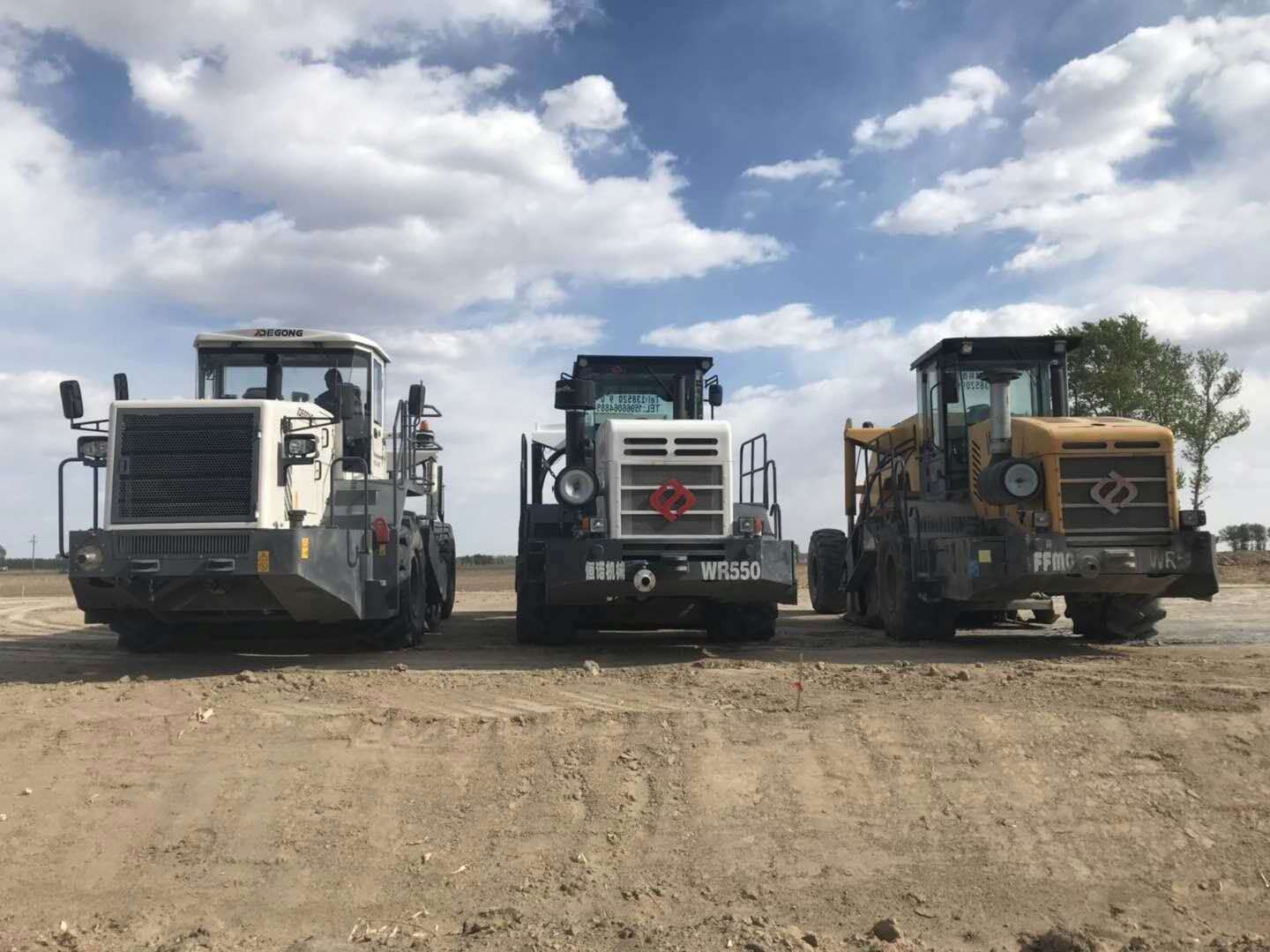
2、再生深度
2. Regenerative depth
再生后層面的厚度主要取決于再生深度。再生深度太淺,會使再生層的厚度小于設計要求的厚度,層厚是決定路面結構穩定性的重要指標。因此,必須隨機鉆孔取樣檢查。如果檢測值偏離設計值,應及時調整冷再生機深度,使其達到設計深度要求。
The thickness of the regenerated layer mainly depends on the depth of regeneration. If the regeneration depth is too shallow, it will make the thickness of the regeneration layer less than the design requirement, and the layer thickness is an important indicator that determines the stability of the pavement structure. Therefore, it is necessary to randomly drill holes for sampling and inspection. If the detection value deviates from the design value, the depth of the cold regeneration machine should be adjusted in a timely manner to meet the design depth requirements.
3、接縫
3. Seams
為了保證全幅路面的再生施工,相鄰兩個再生幅面的搭接寬度設為20cm.對預先標記在路面上的銑刨標示線進行檢查,所有后續再生幅面的寬度至少應比銑刨轂的寬度窄15cm.若偏差超過10cm,則應立即倒退至開始出現偏差的地方,然后沿著正確的銑刨標示線重新施工。施工中,應盡量減少停機現象。縱向接縫的位置應盡量避開行車道上車輛行駛的輪跡。
In order to ensure the regeneration construction of the entire road surface, the overlapping width of two adjacent regeneration surfaces is set to 20cm. The milling marking line pre marked on the road surface should be checked, and the width of all subsequent regeneration surfaces should be at least 15cm narrower than the width of the milling hub. If the deviation exceeds 10cm, it should be immediately reversed to the point where the deviation began, and then reconstructed along the correct milling marking line. During construction, downtime should be minimized as much as possible. The position of the longitudinal joint should try to avoid the wheel tracks of vehicles on the lane as much as possible.
4、路面標高
4. Road surface elevation
現場冷再生層作為路面基層時,路面標高一般比舊路提高8~10cm,作為路面底基層時,路面標高一般比舊路提高23~28cm,由此引起的主要問題有:與結構物的銜接問題;與舊路接頭的接順問題;過村路段的排水問題。
When the on-site cold recycled layer is used as the base layer of the road surface, the road surface elevation is generally 8-10cm higher than the old road. When it is used as the sub base layer of the road surface, the road surface elevation is generally 23-28cm higher than the old road. The main problems caused by this include: connection with the structure; Connection issues with old road joints; Drainage issues on the village road section.


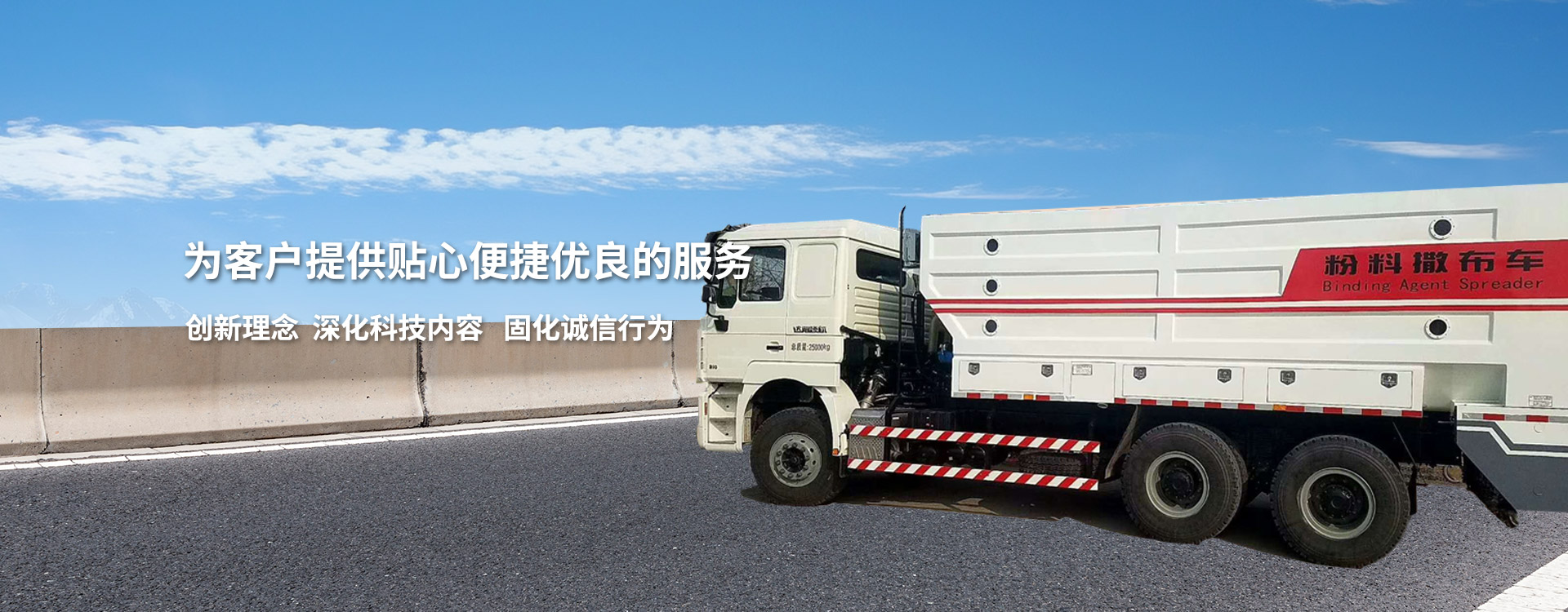
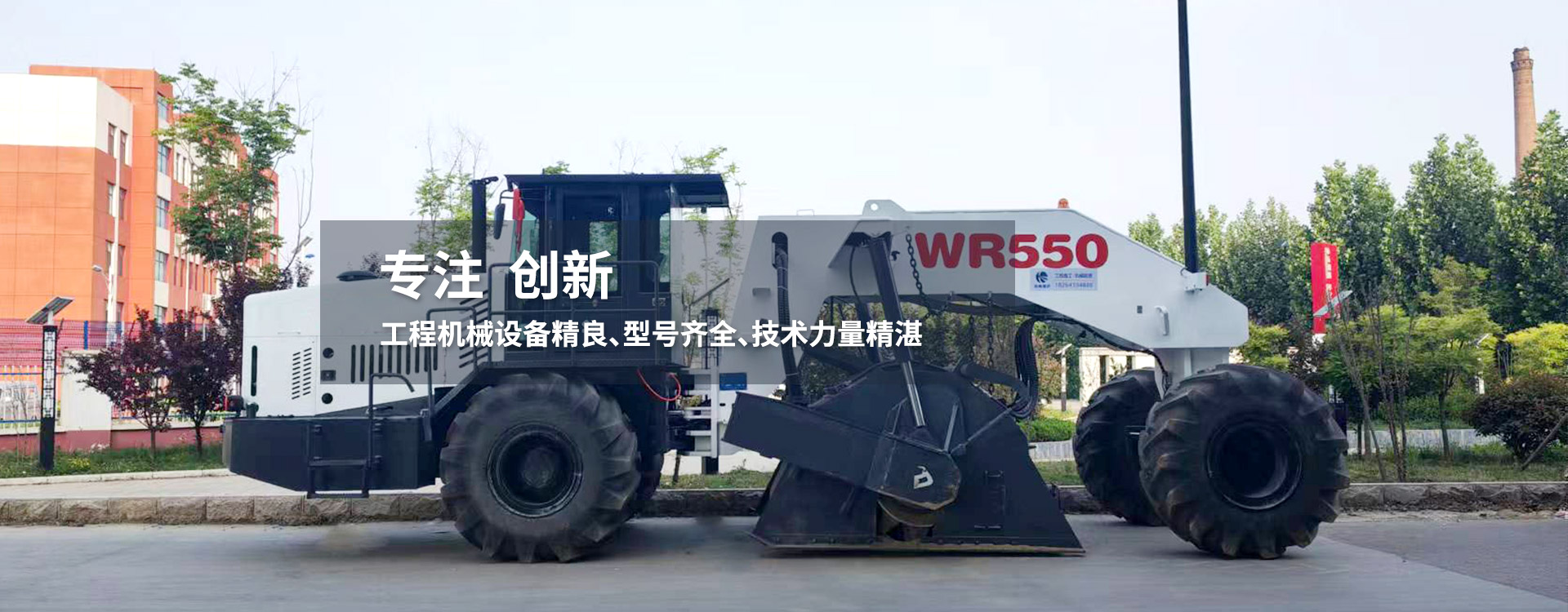
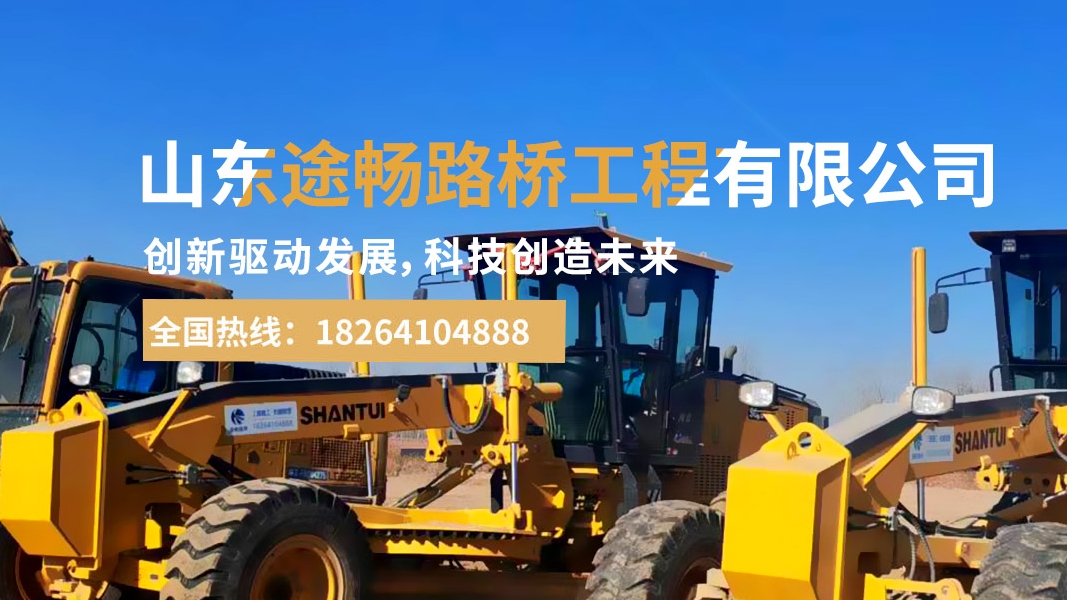
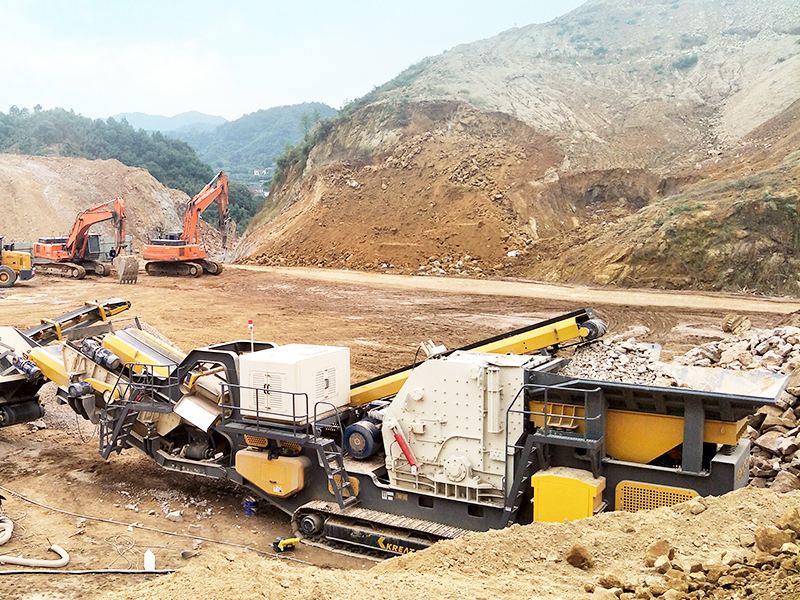
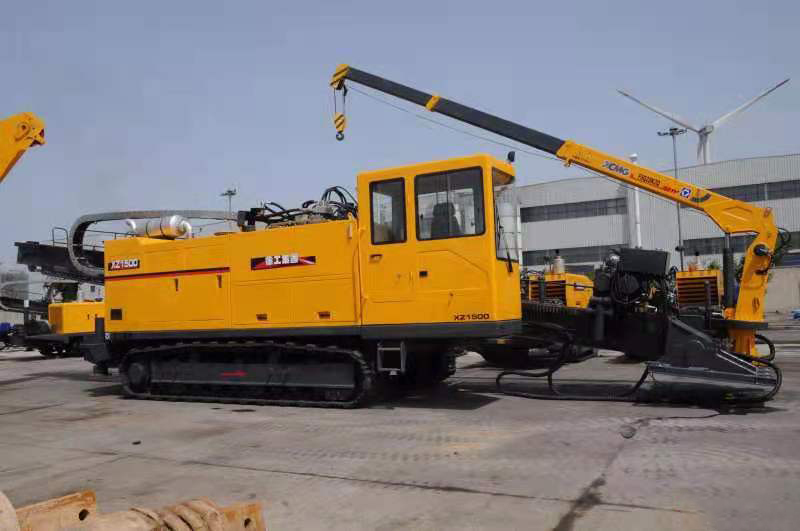
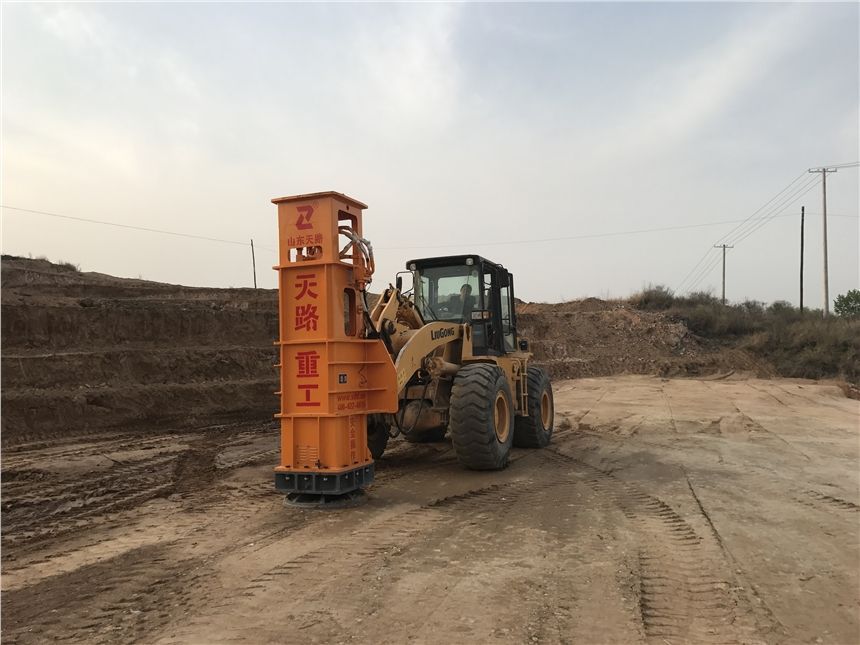
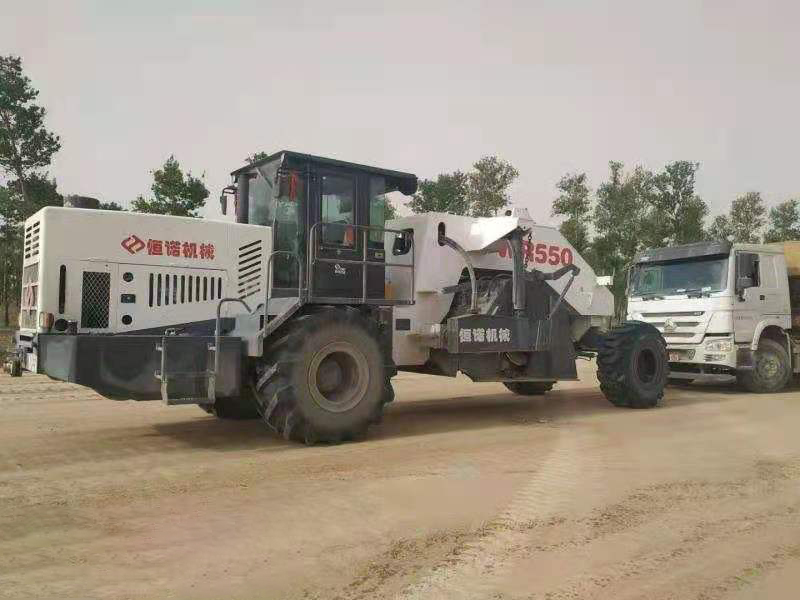
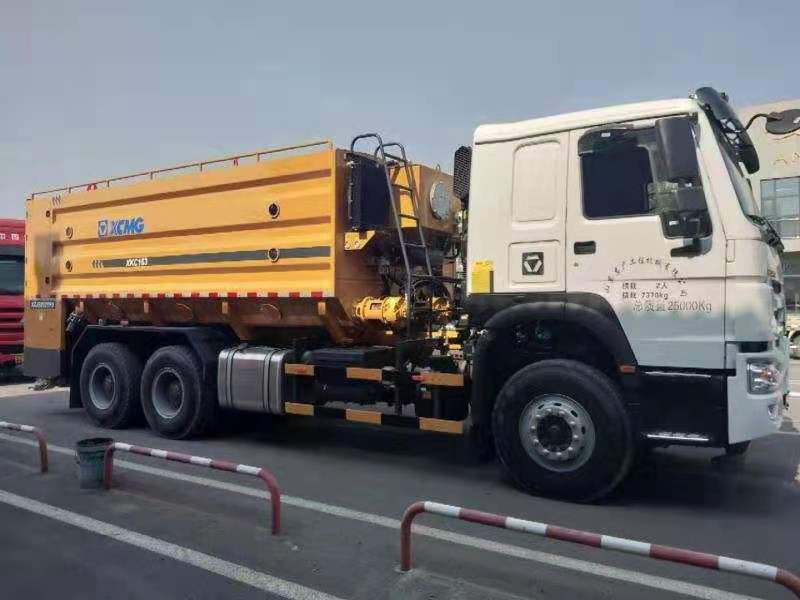
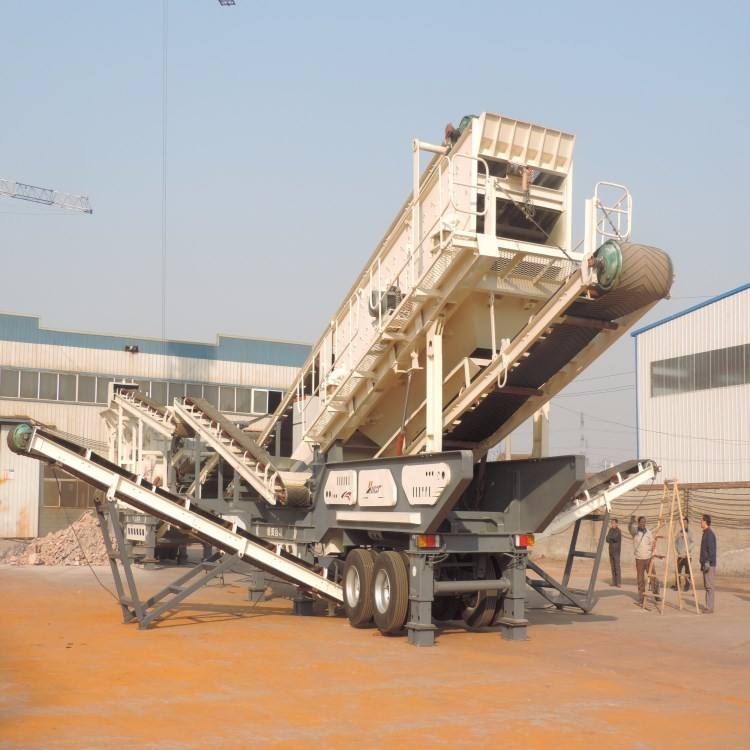

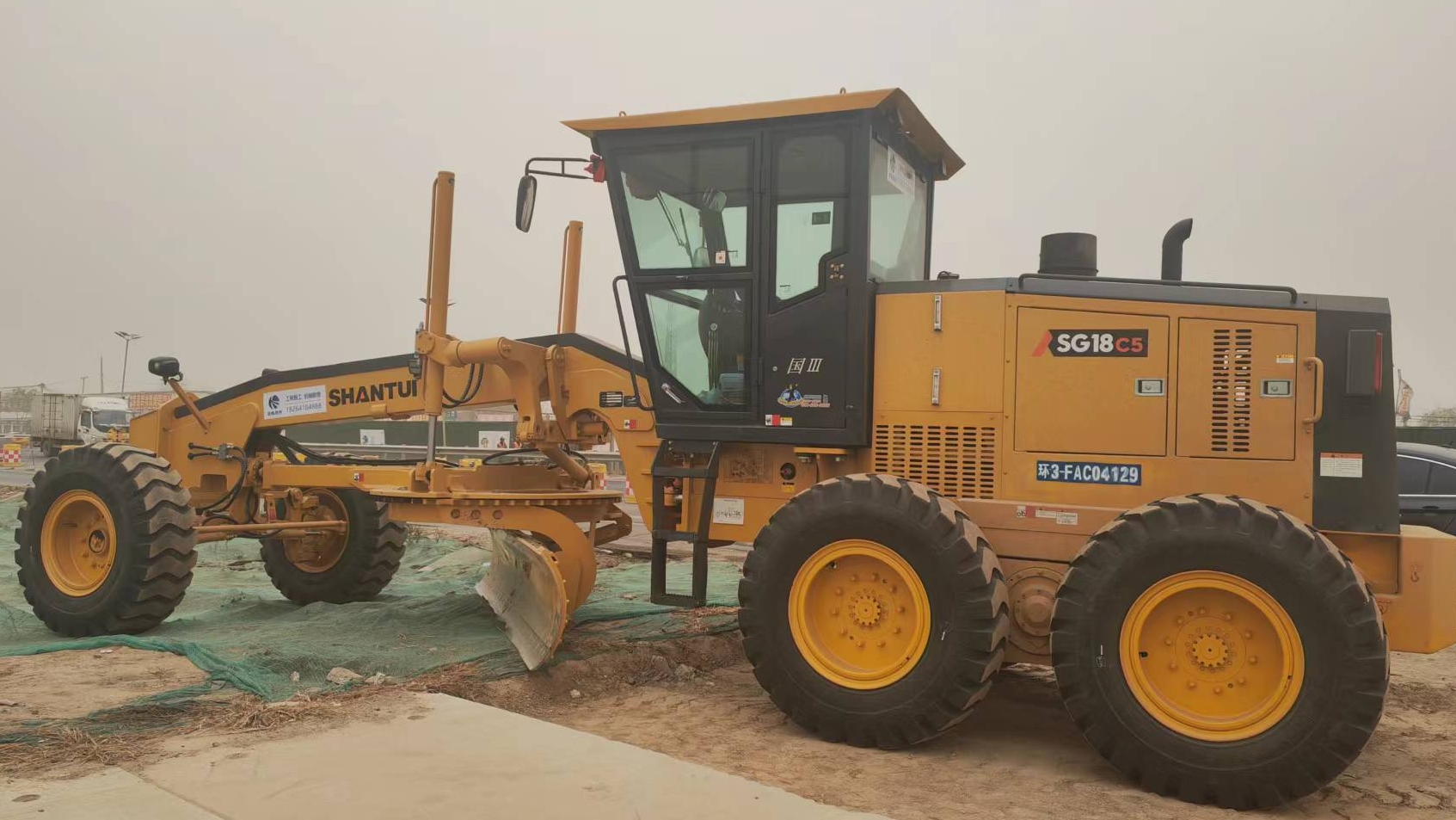
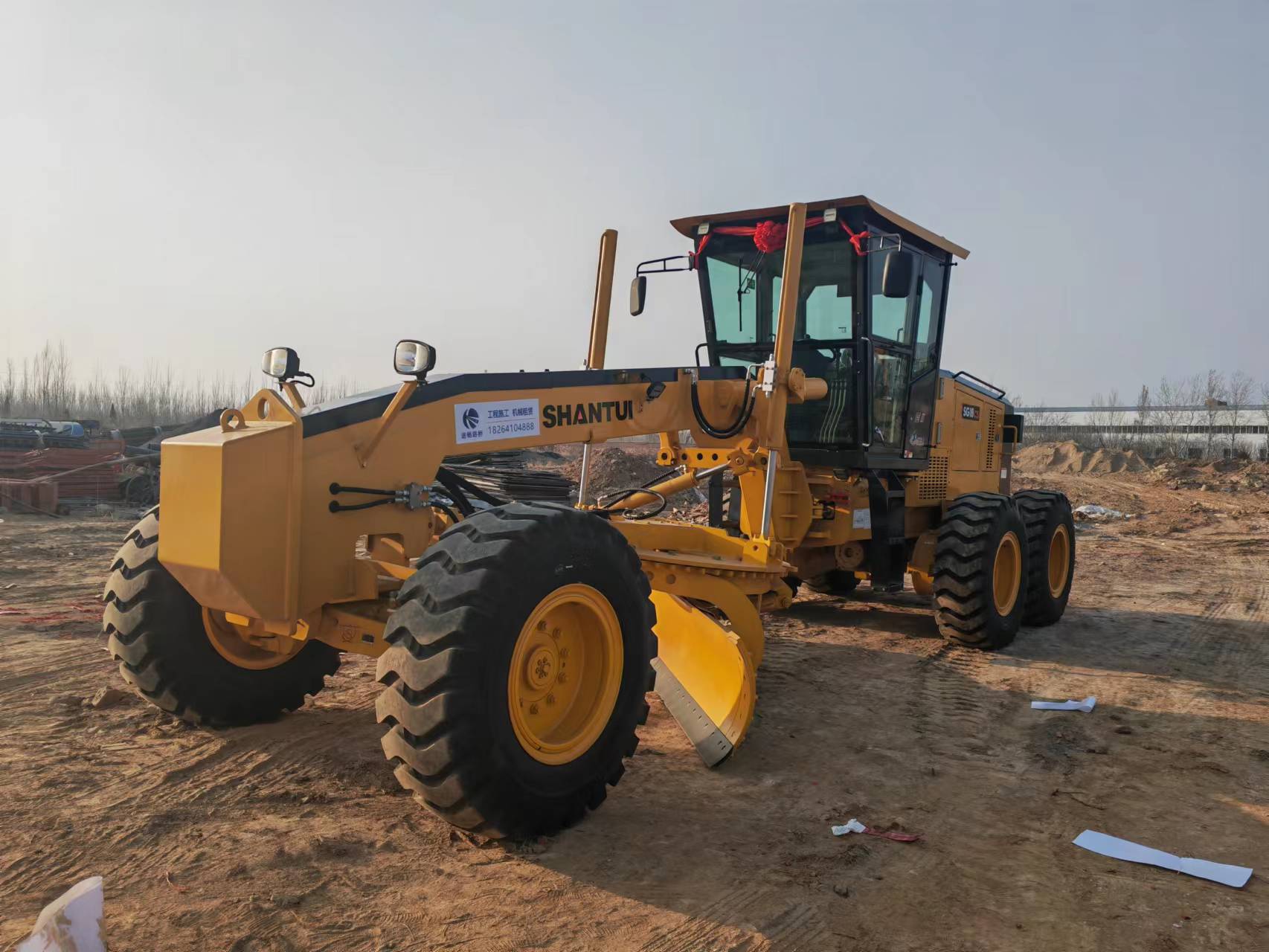
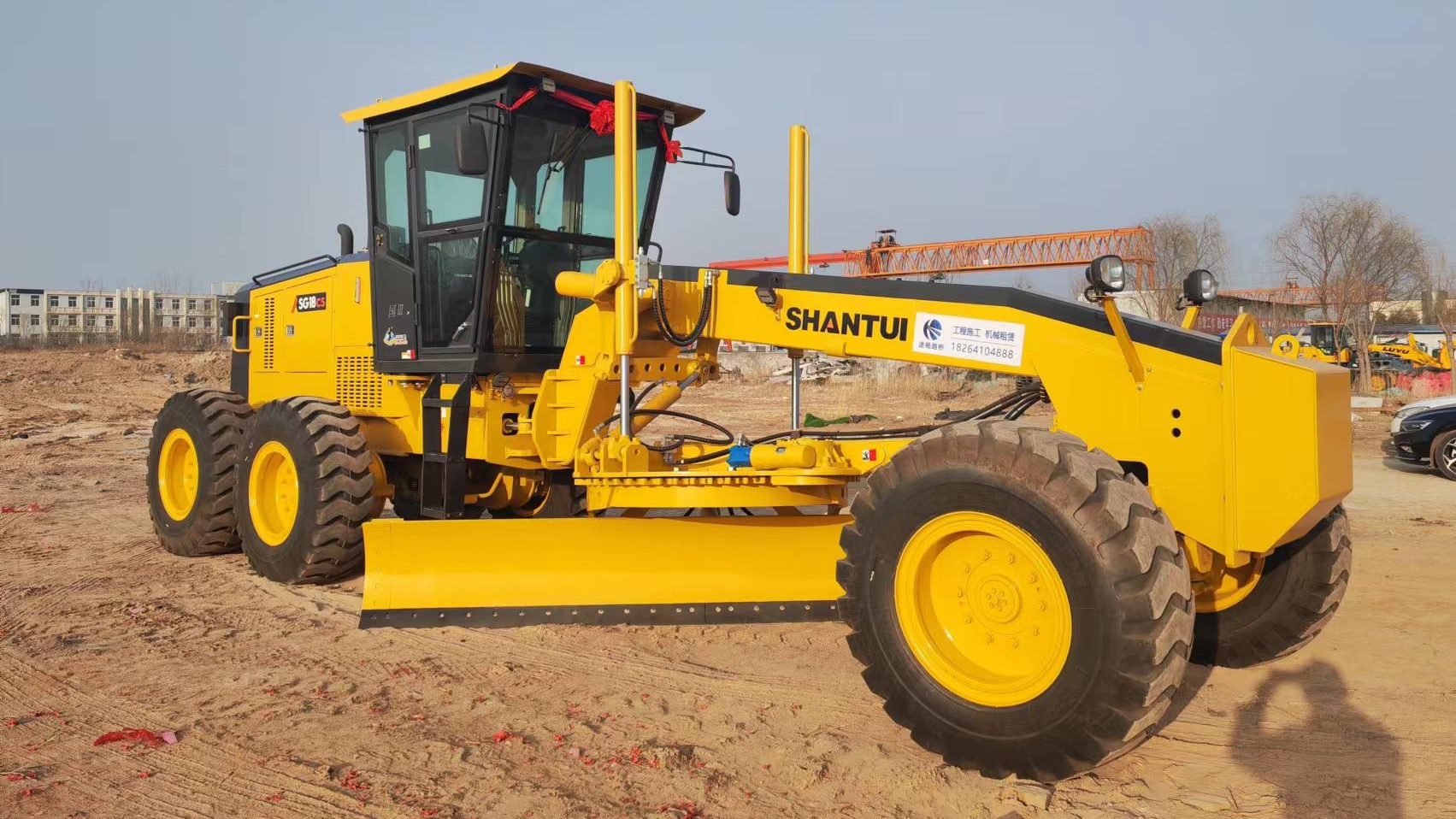
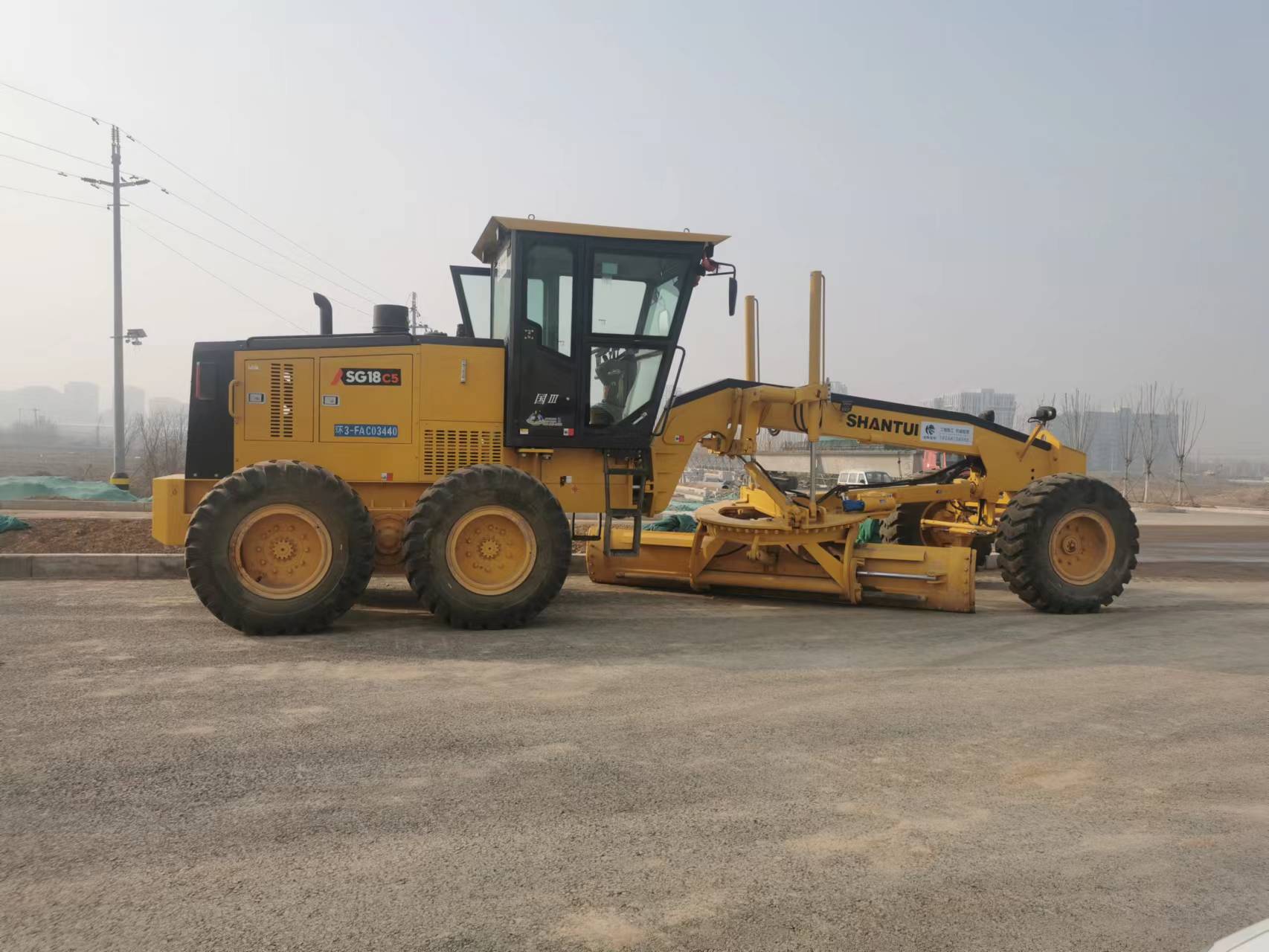
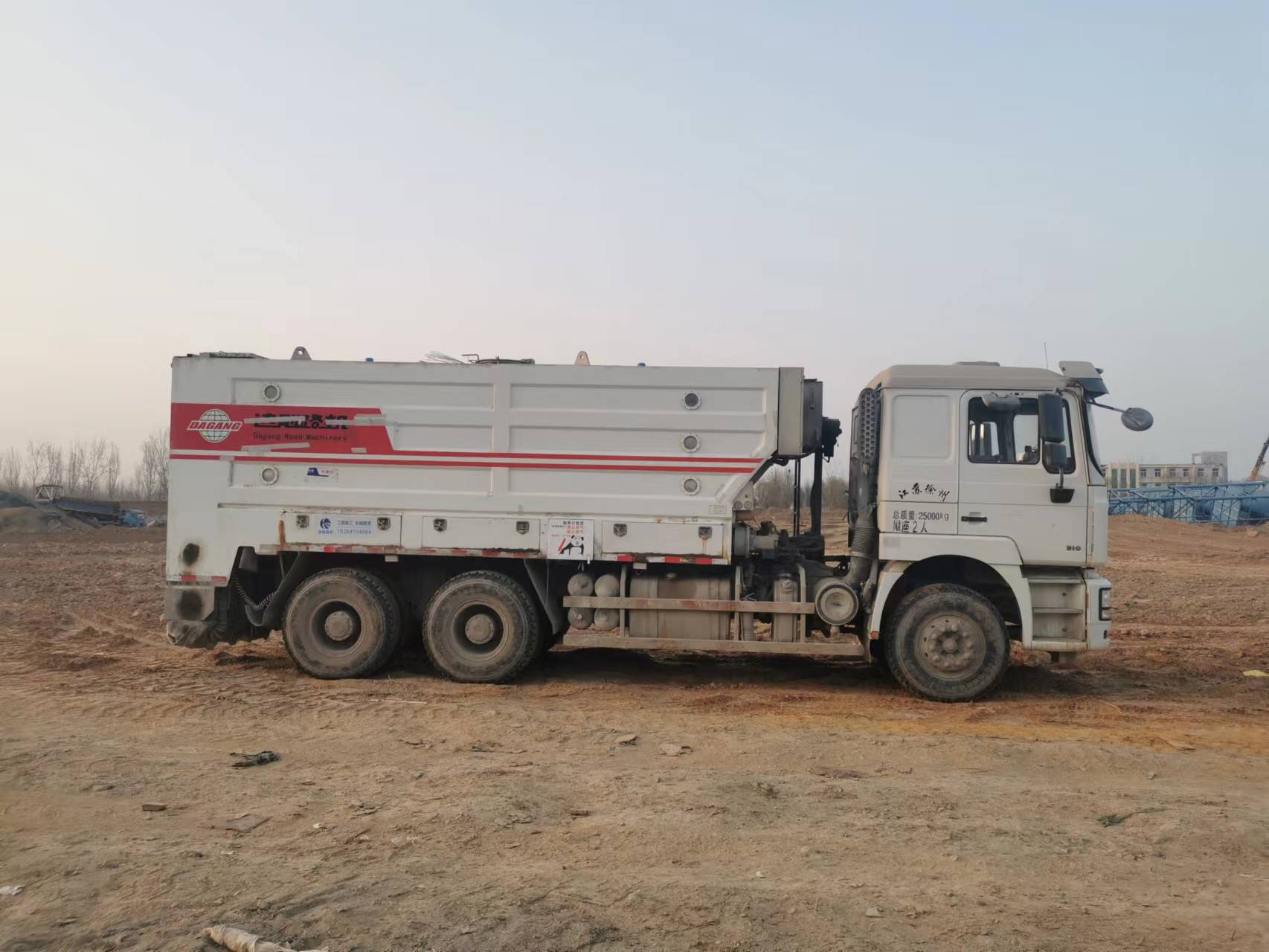
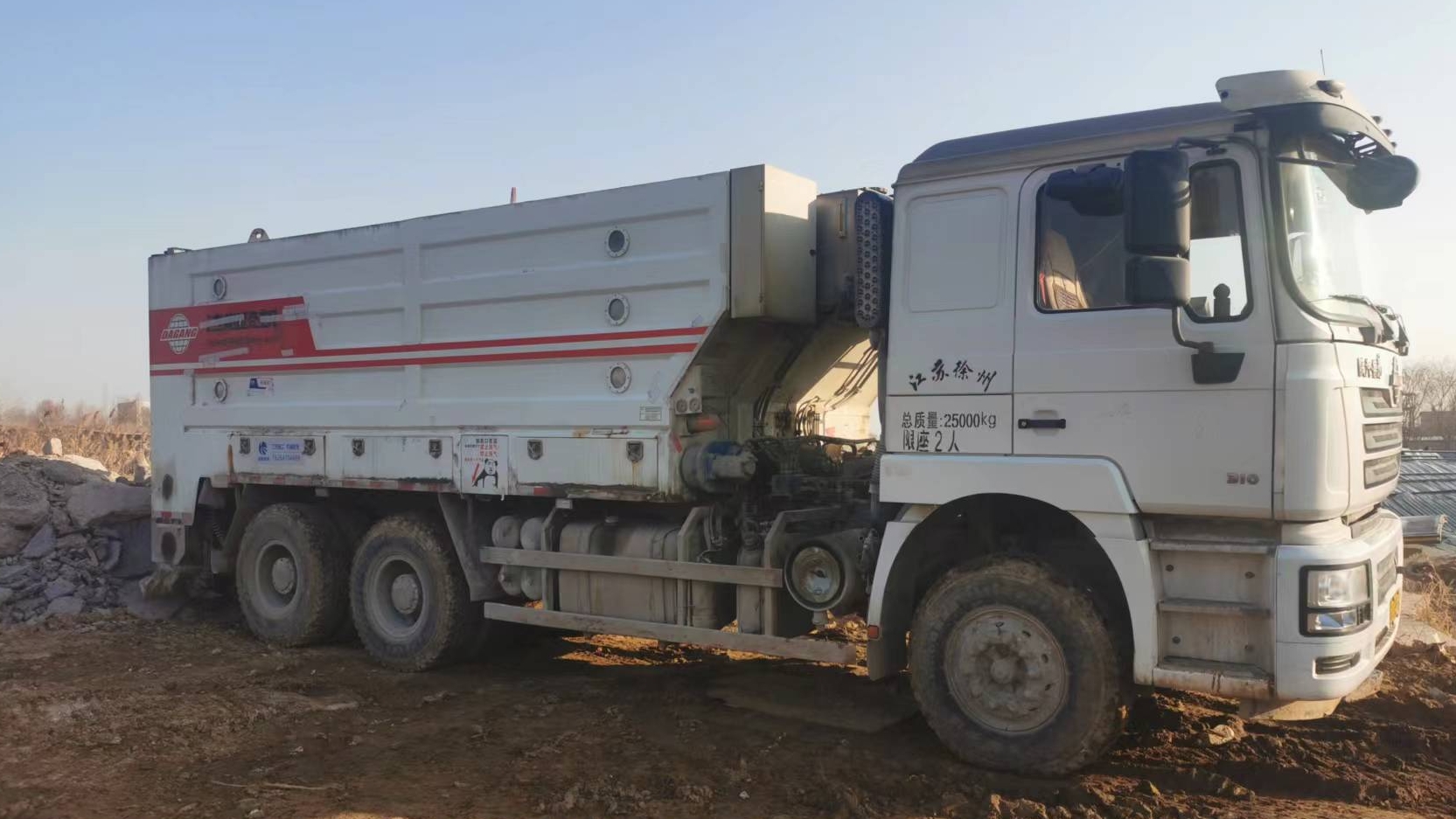
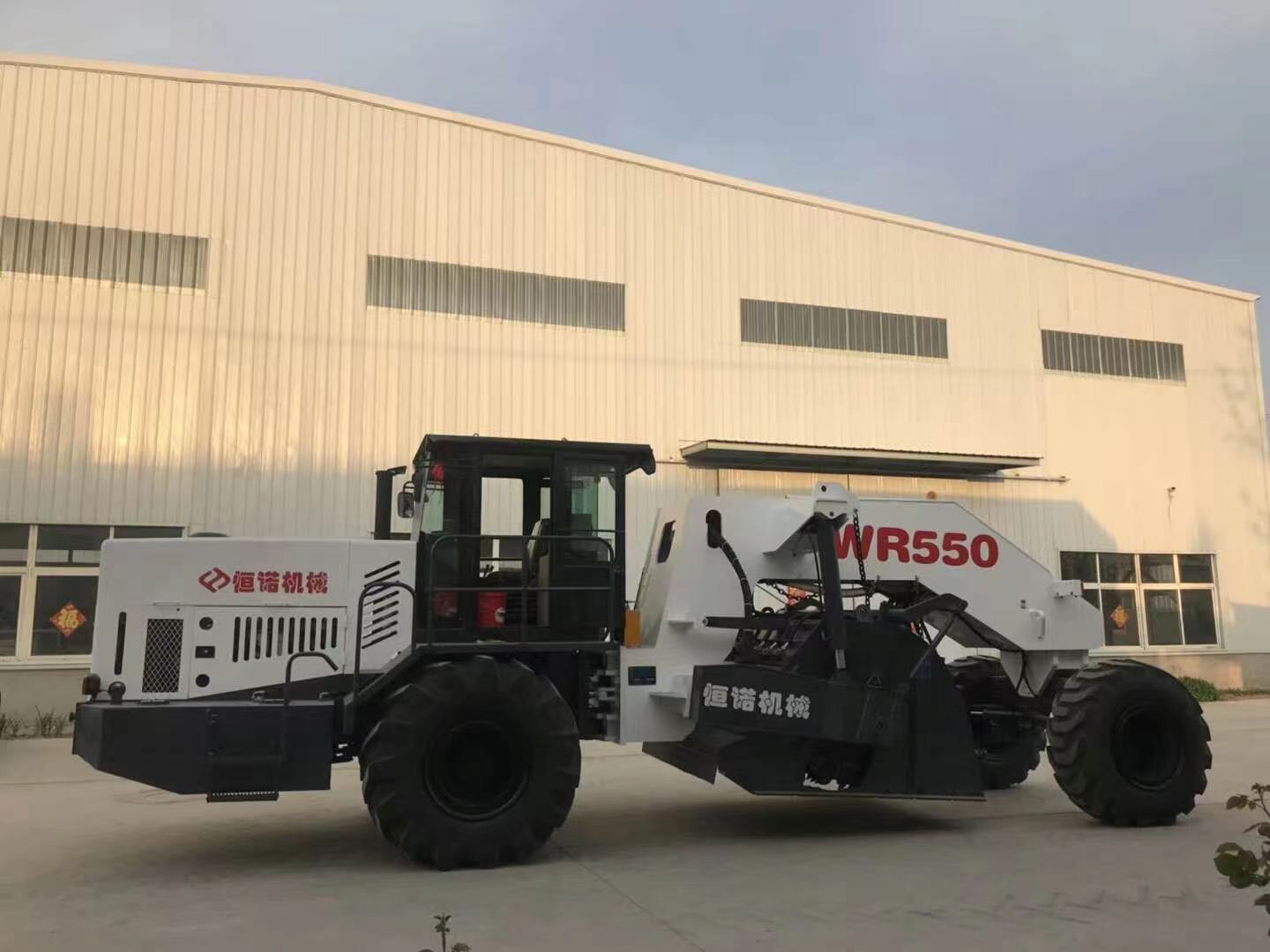
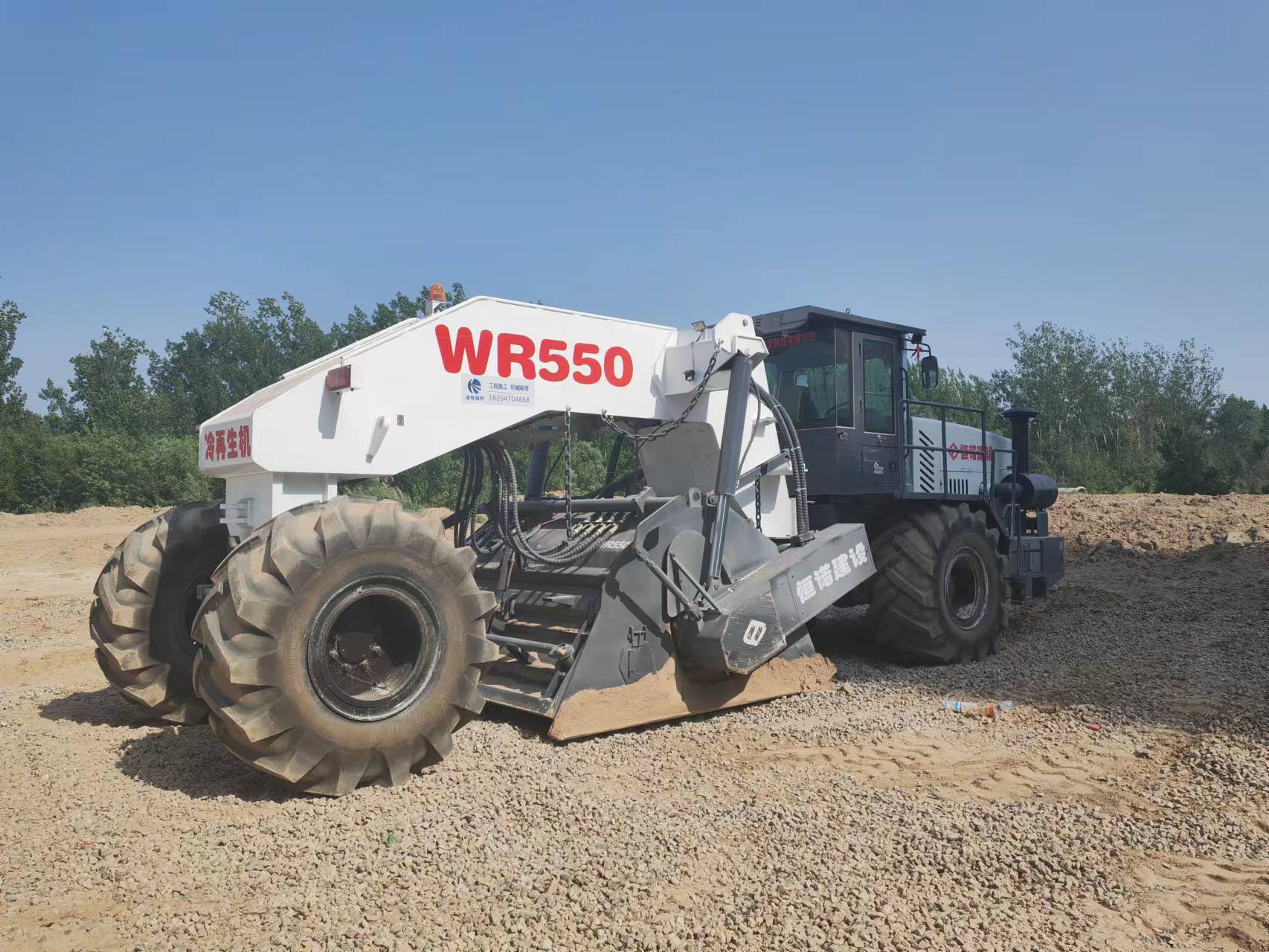
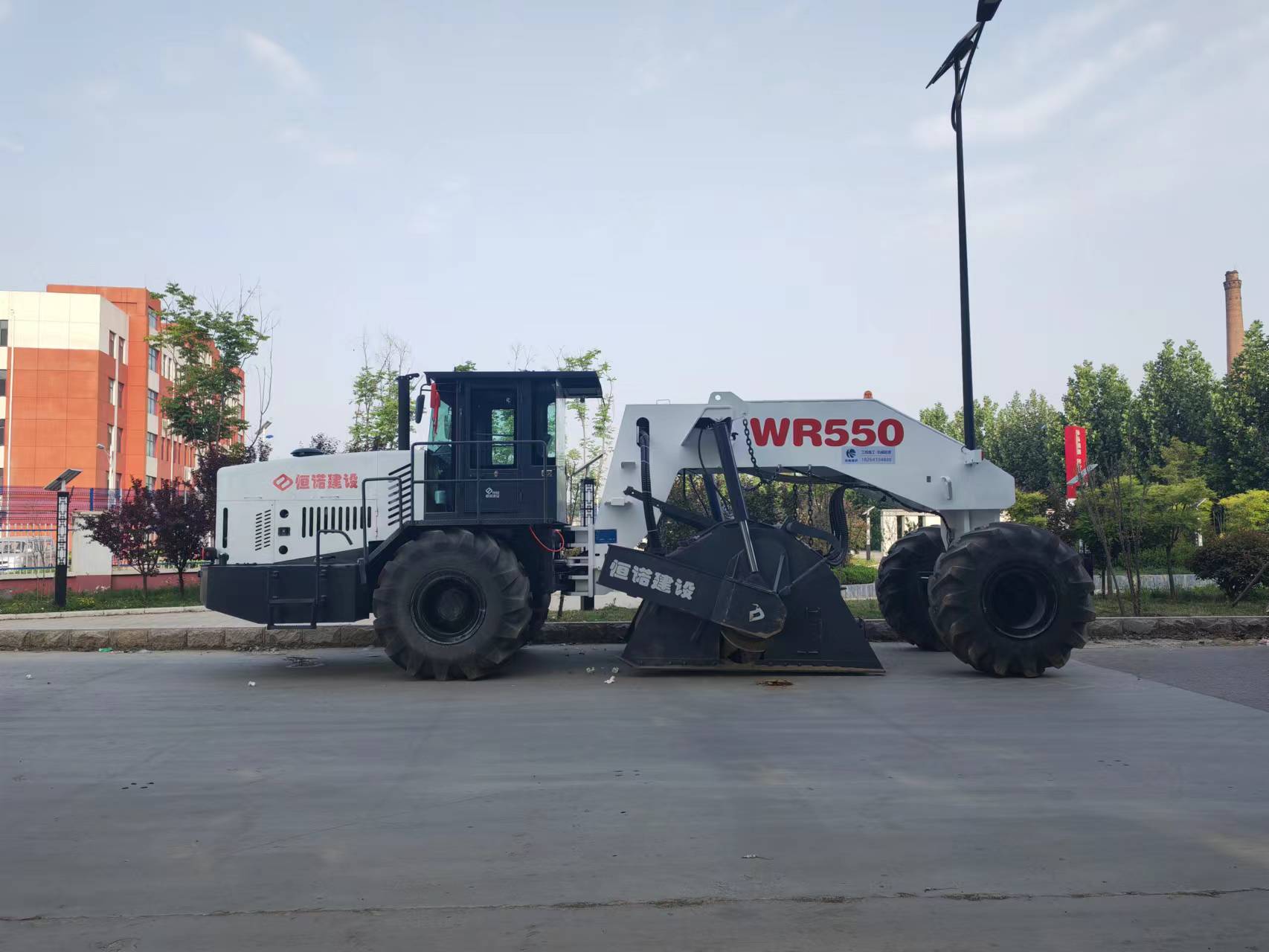
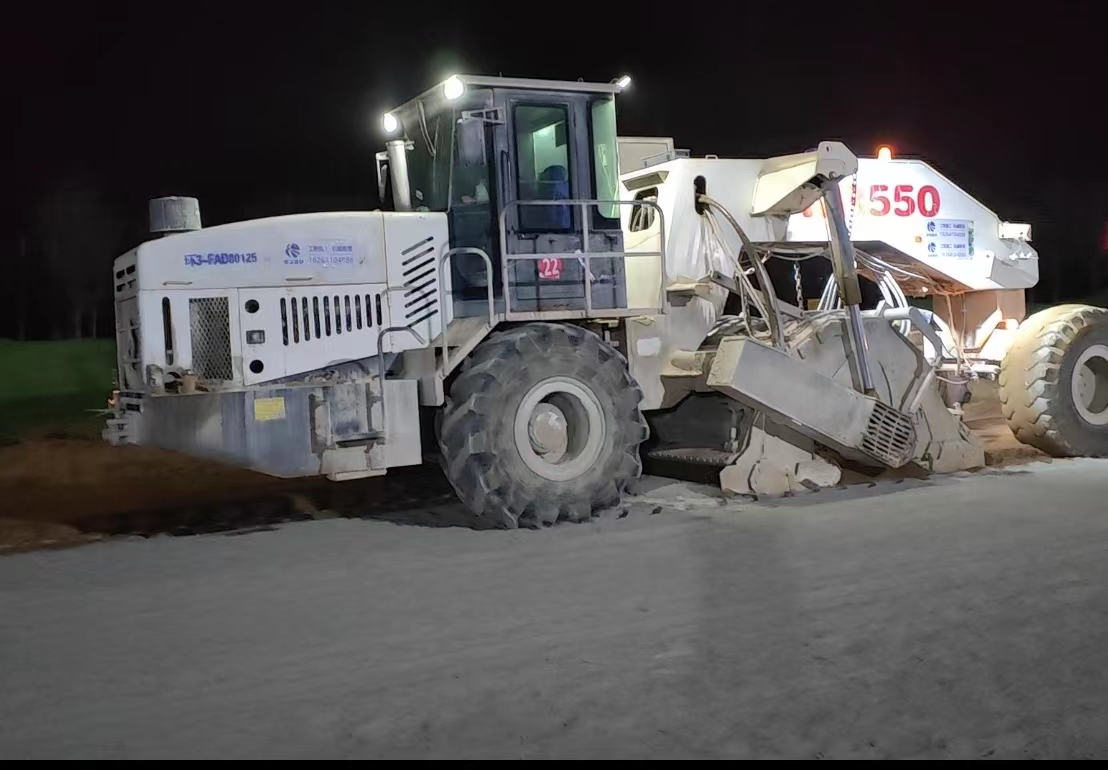
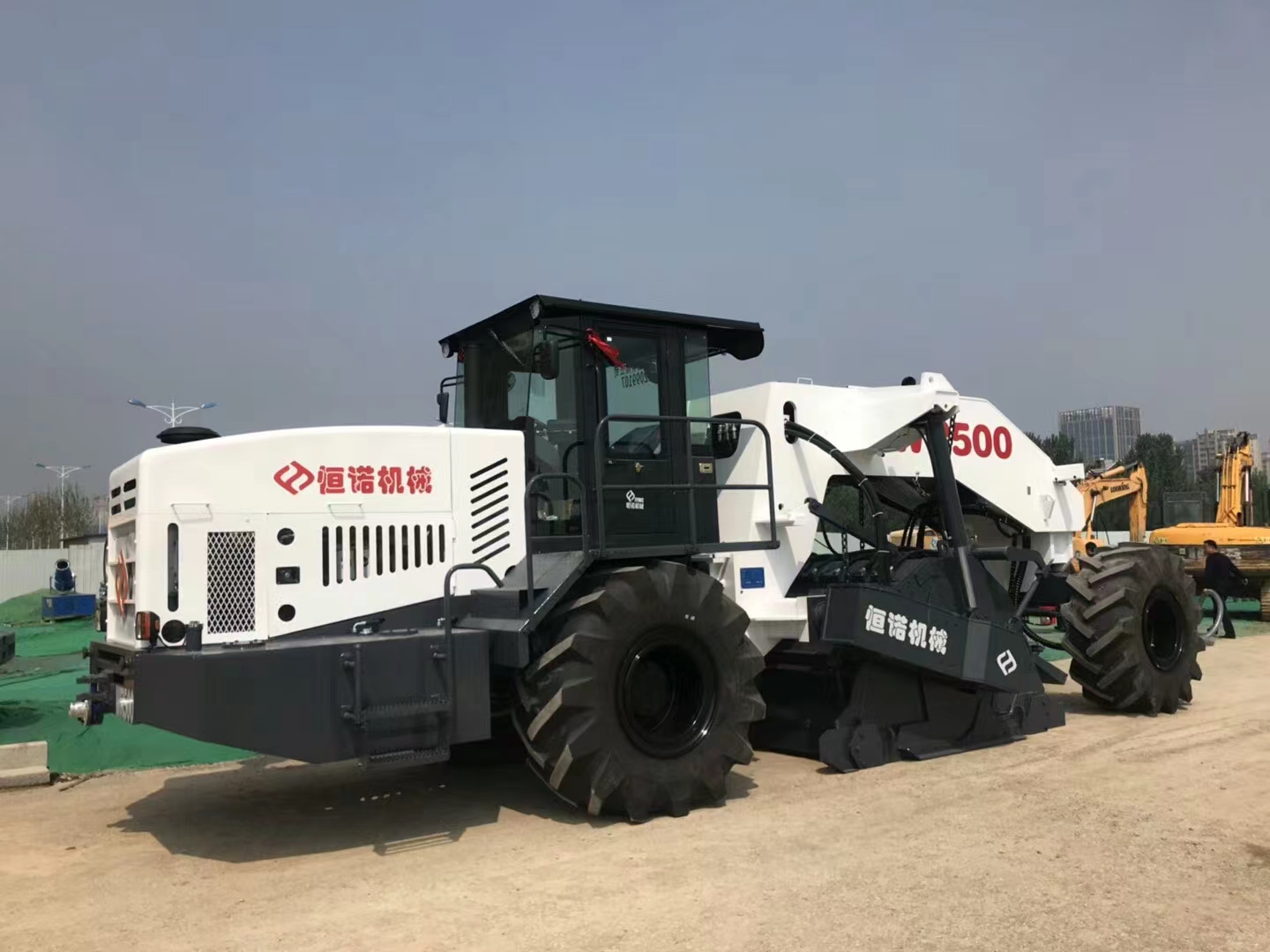
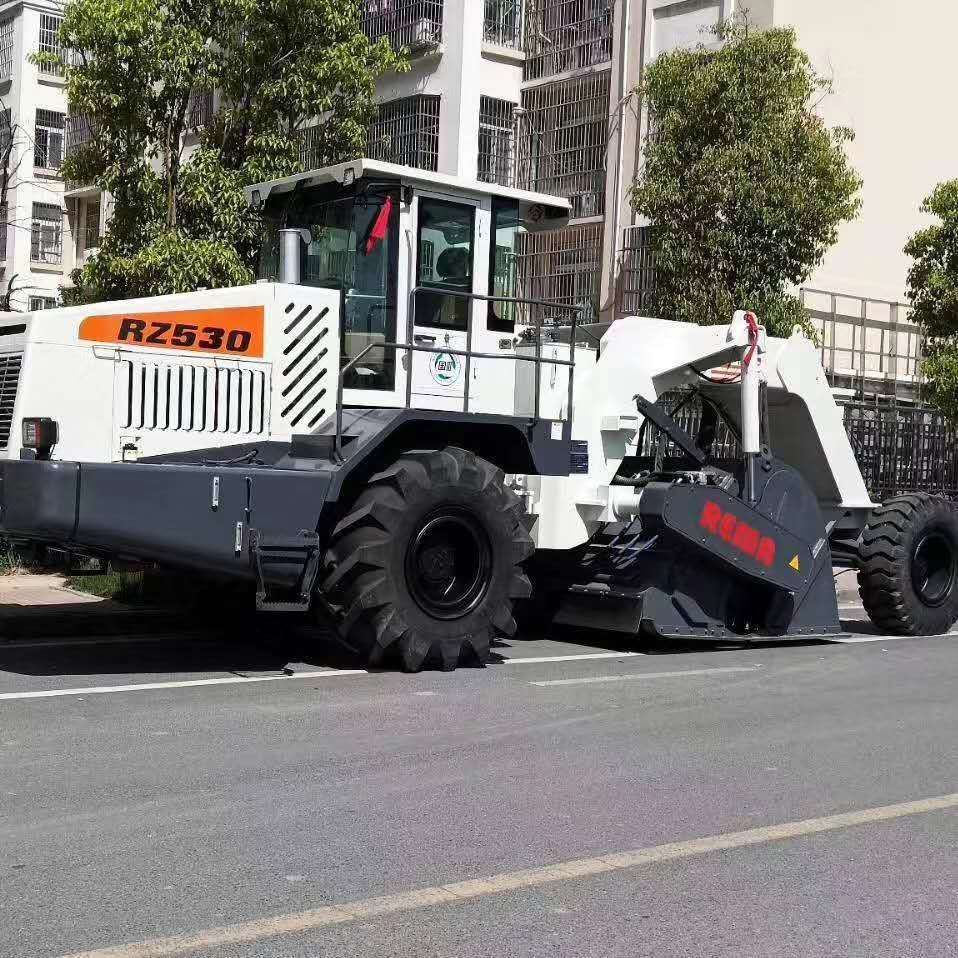
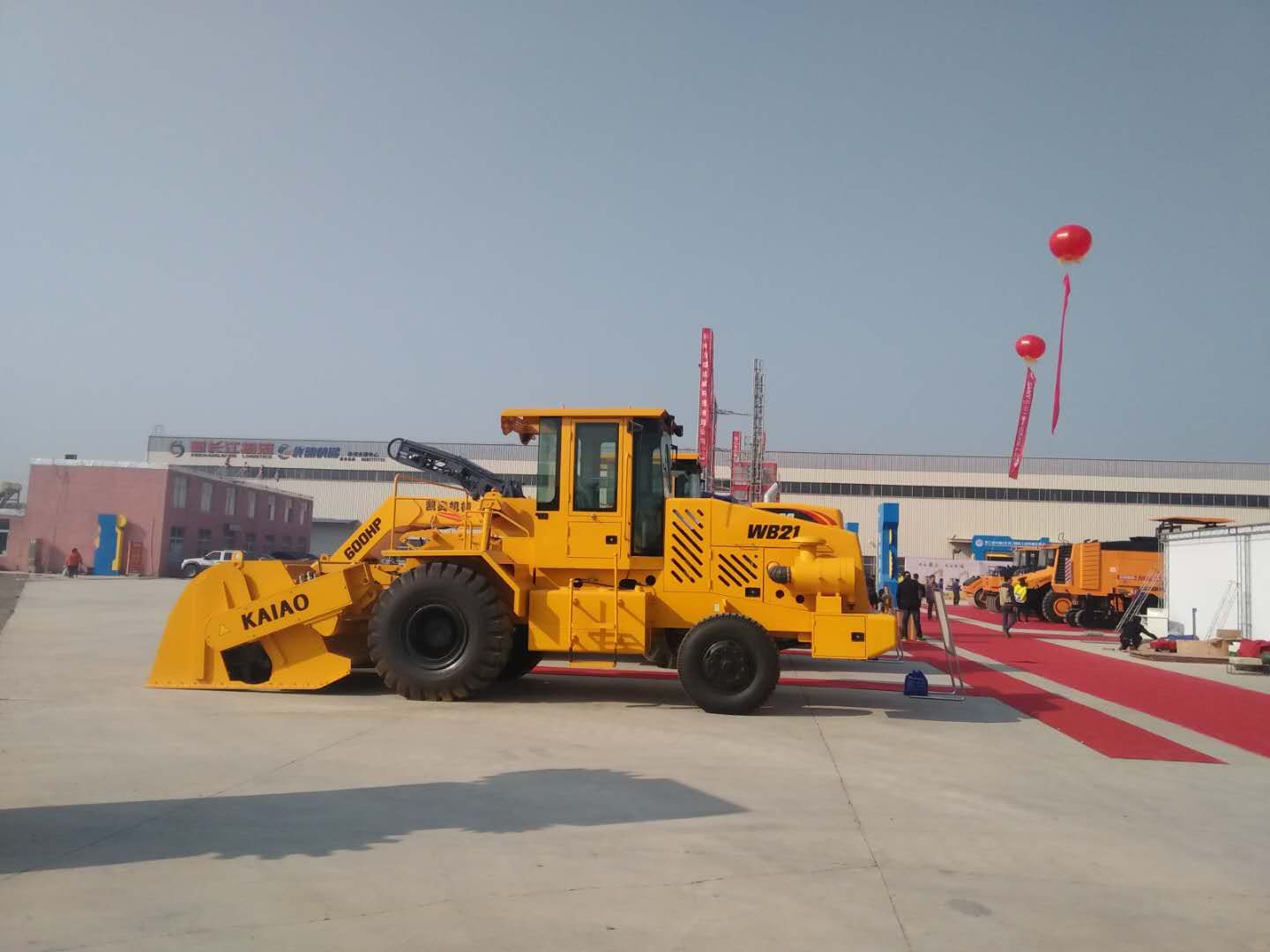

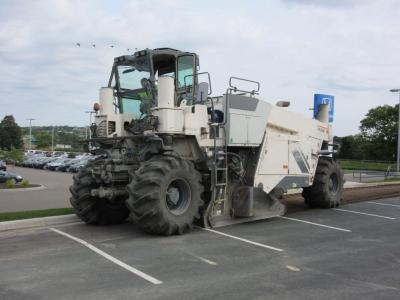
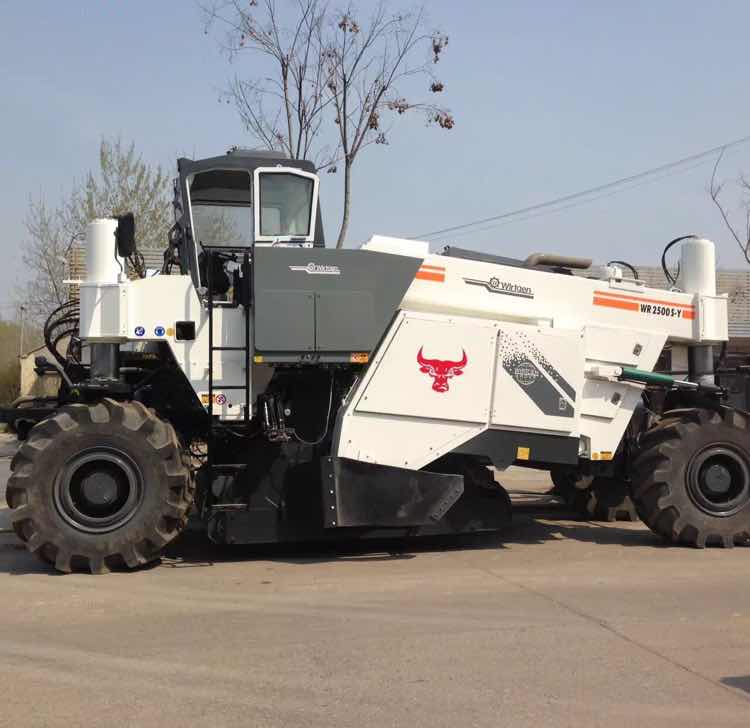

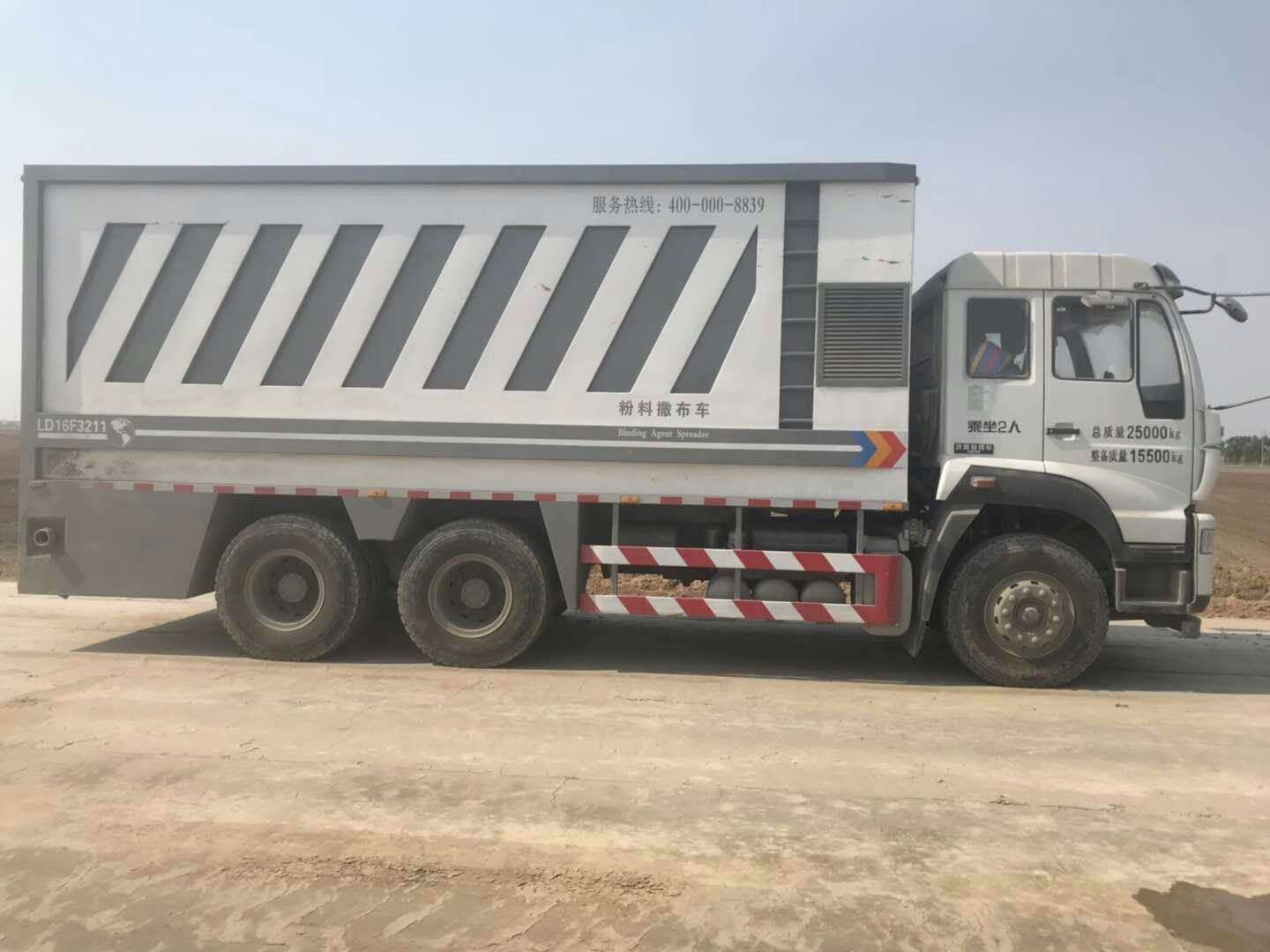
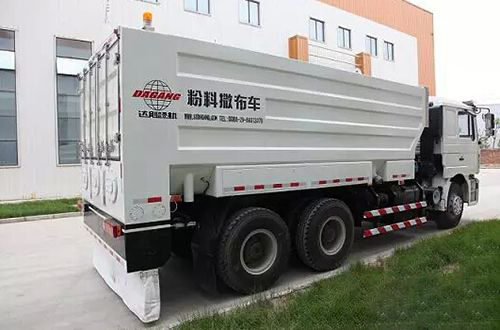
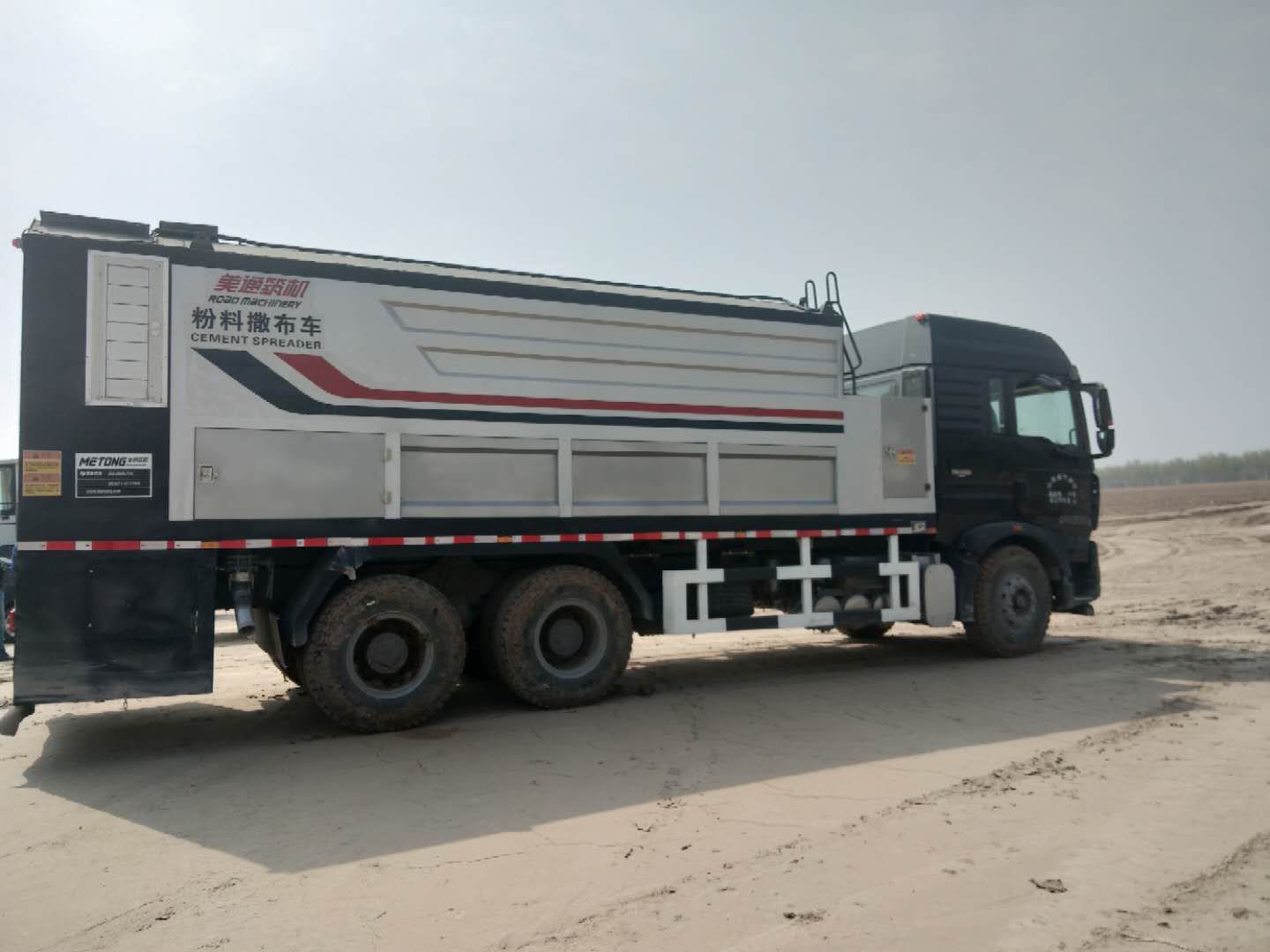
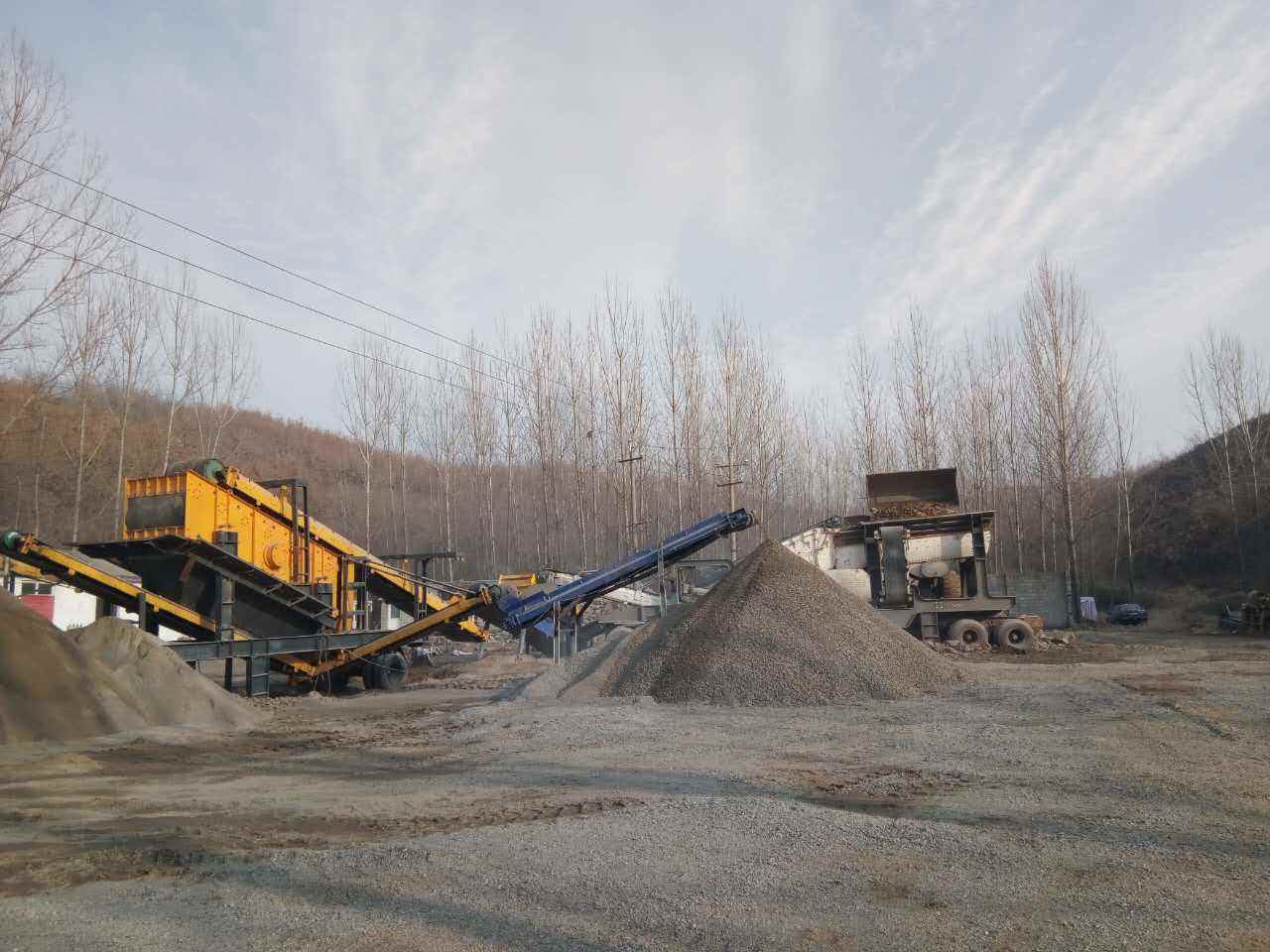
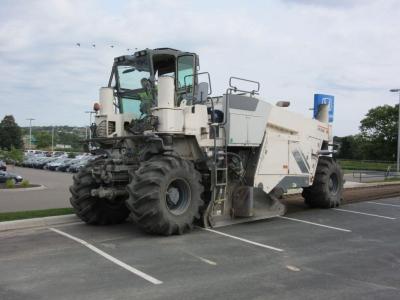
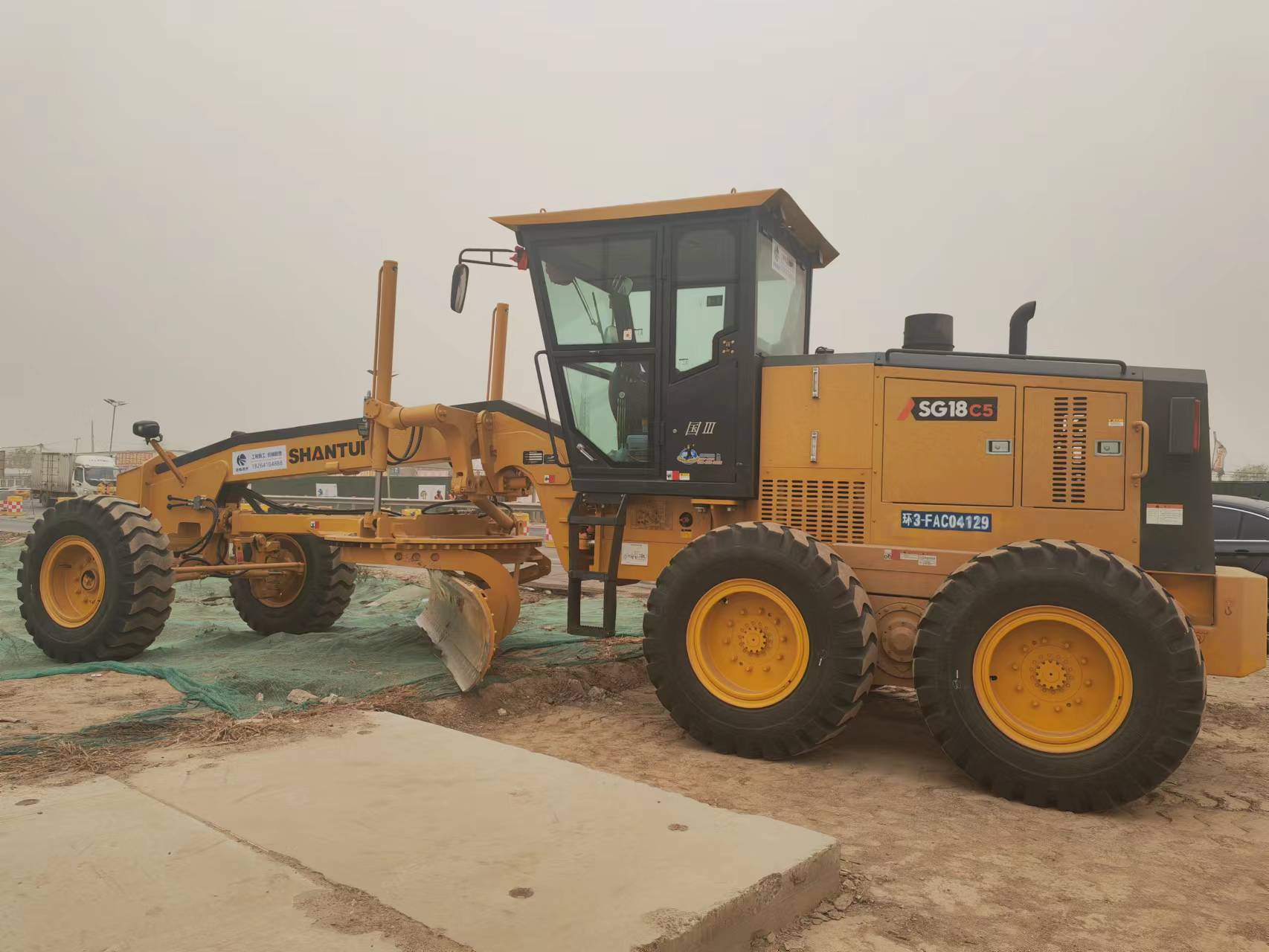




 公司地址:濟南市槐蔭區經一路273號群盛華城2號樓1-404
公司地址:濟南市槐蔭區經一路273號群盛華城2號樓1-404 公司名稱:山東途暢路橋工程有限公司
公司名稱:山東途暢路橋工程有限公司  備案號:
備案號: